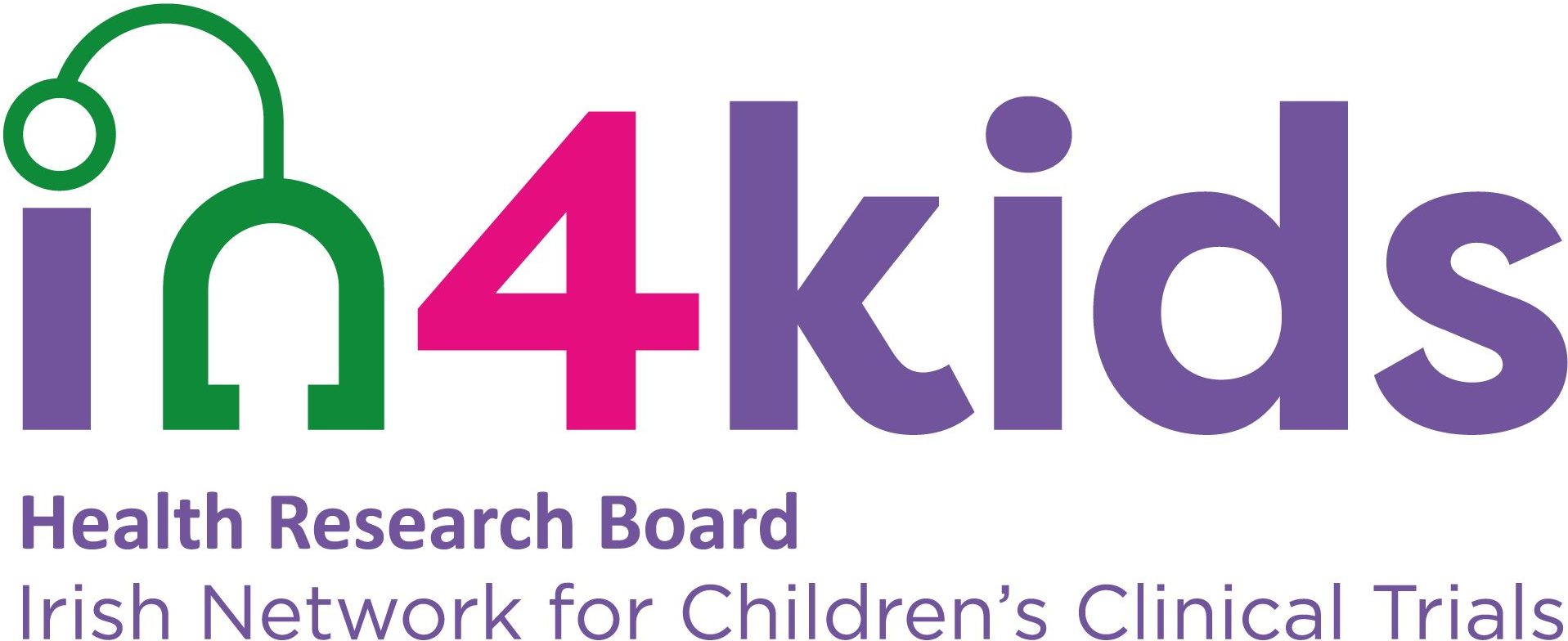Cerebral Palsy Glossary
A
Absence Seizures
Sudden brief loss of consciousness with rapid recovery. They are usually associated with staring and repetitive eye blinking. Also known as petit mal seizures.
Accessibility
The degree to which a product, device, service, or environment is available to as many people as possible.
Accommodations
Removing obstacles that impede accessibility, thereby helping a person with disabilities function and participate in a typical environment.
Adaptive behavior
The ability to adjust to new situations, tasks, environments, people, and objects. Also to learn new adaptive skills and apply them to other situations.
Adaptive equipment
Physical props or supports to aid those with special needs. (i.e. corner chair, prone board, etc)
AFO: Ankle Foot Orthoses
A partial leg brace made of lightweight plastic that controls the foot and ankle and ends at the calf
Alternative and Augmentative Communication (AAC)
The use of non-verbal techniques to communicate. Can include sign language, gestures, pictures, or a computerised device.
Aqua Therapy
A therapeutic procedure which attempts to improve function through the application of aquatic therapeutic exercises
Articulation
The ability to move and control all parts of the mouth to make the sounds of a language.
Aspirate
To suck or draw in food or liquids into the lungs by inhaling. Children with CP often swallow improperly while drinking and getting a small portion in the lungs. Drinking through a straw helps prevent aspiration, as does thickening the liquid, or limiting the amount of each sip or bite.
Assessment (or evaluation)
The process of determining a person’s developmental strengths and weaknesses by observation and testing by a team of professionals and parents.
Astigmatism
Blurry vision due to either the irregular shape of the cornea, the clear front cover of the eye, or sometimes the curvature of the lens inside the eye.
Auditory processing
Being able to understand individual speech sounds quickly enough to comprehend the meaning of what is being spoken.
